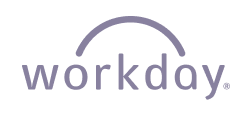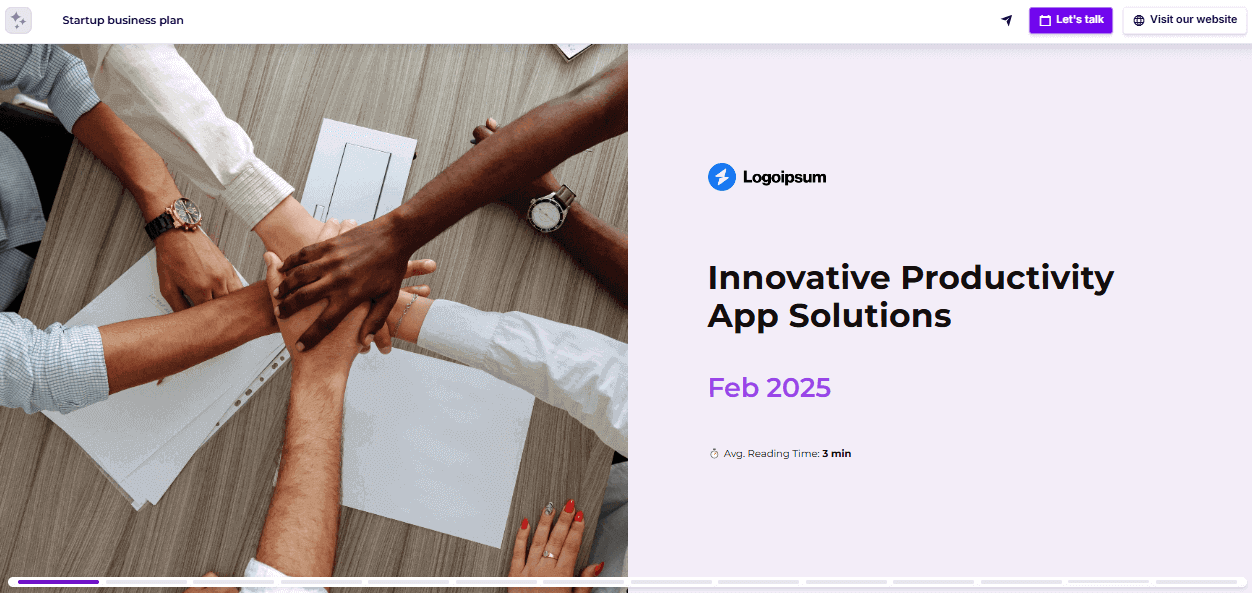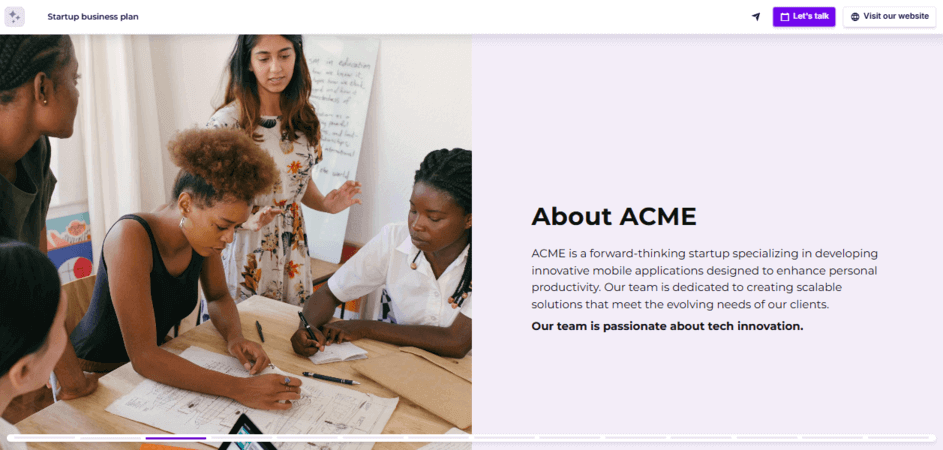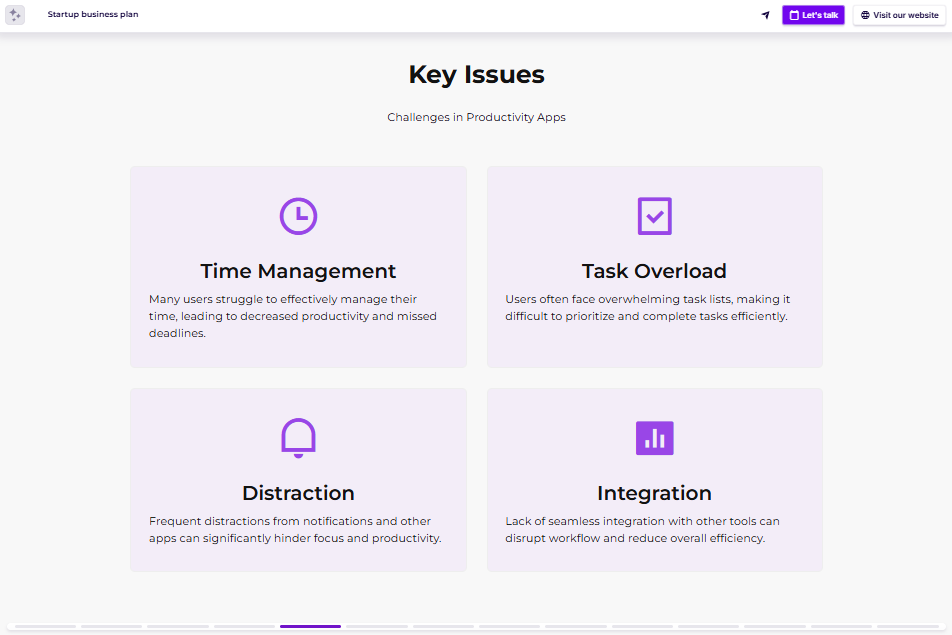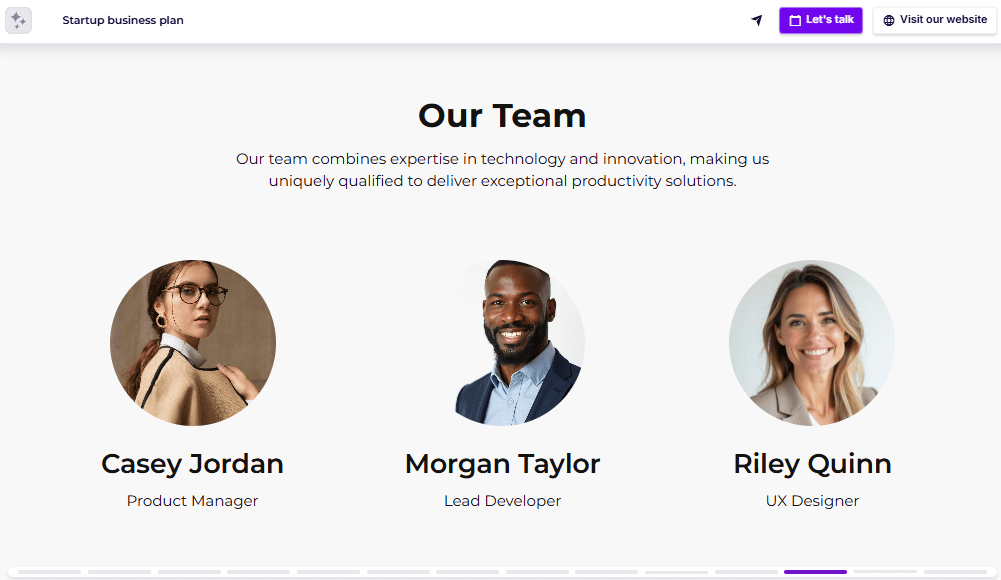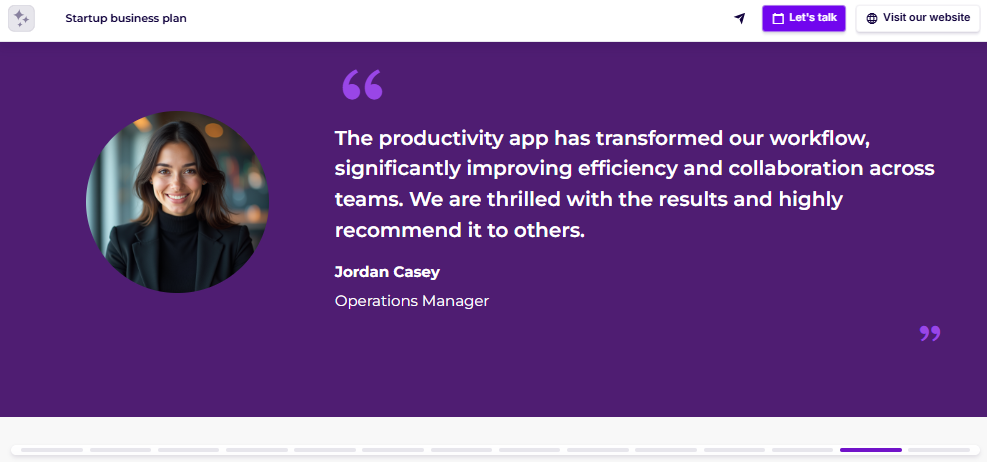How to Write a Business Plan One-Pager (+Templates)
Learn how to create a one-page business plan, with tips on what to include in a business plan one-pager and the best format, plus customizable templates.


Learn how to create a one-page business plan, with tips on what to include in a business plan one-pager and the best format, plus customizable templates.
Short answer
A business plan one-pager is a condensed version of a full business plan, summarizing your mission, market, product, strategy, and financials on a single page. It’s often used as an introduction and helps secure interest before presenting a detailed business plan.
Who is a business plan one-pager for?
A business plan one-pager is created by entrepreneurs, startups, and small business owners who need a concise, high-impact way to present their business.
The goal of a business plan one-pager is to give investors, lenders, and partners a quick overview before they review a full business plan, which helps secure interest and funding efficiently.
What assets do you need before writing a business plan one-pager?
Before writing a business plan one-pager, gather key assets like market research, financial projections, competitor analysis, and your full business plan (if available).
Having a clear value proposition, target audience insights, and funding needs ensures your one-pager is focused, persuasive, and ready to capture investor interest quickly.
Why use a one-page rather than multi-page business plan?
Compared with traditional multi-page business plans, a one-pager has several significant benefits:
It’s concise and to the point. This makes it easier for investors and partners to quickly understand your vision.
A one-page business plan has limited space. This forces you to highlight only the most critical aspects, making your case clearer and more compelling.
It’s easier to share. Because it’s just one page, it’s more likely to be read, forwarded, and discussed.
It speeds up decision-making. Investors and stakeholders can assess your business quickly without sifting through pages of details.
It keeps you focused. Summarizing your plan on one page helps you refine your strategy and avoid unnecessary complexity.
It’s adaptable. You can easily tweak and update it as your business evolves without rewriting an entire document.
Can I use a one-page business plan as a substitute for a full business plan?
Probably not. Your business plan one-pager is not meant to replace a full business plan, but rather to supplement it.
While your one-pager provides a high-level overview of your business idea, it may not provide the level of detail some investors or partners require.
You can use a business plan one-pager as a way to test your business idea and get feedback before investing time and resources in creating a full-scale business plan.
NOTE: A one-pager is often the first step. When you’re ready to expand, here’s how to turn it into a full business plan. And if you need more inspiration, check out our blog post with the best one-pager examples.
How to make the most of your title slide
Add your company name and logo - Make it clear who you are and what you do from the start.
Include a short video or animation - This can increase engagement by 32%, keep investors reading 37% longer, and boost conversions by 17%.
Personalize with dynamic variables - If you’re sending it to multiple investors, adding their name can make it feel more tailored.
Keep the design clean and professional - First impressions matter, so avoid clutter and stick to a polished look.
Set expectations right from the start - You can also add the average reading time on the cover slide (right below your company name and logo). This simple little fix can shrink your bounce rate by 24%.
What to cover in your company overview
How it came to be - Share the inspiration or problem that led you to start the business.
What it stands for - Highlight your mission, values, and what sets you apart.
Where it’s headed - Give a glimpse of your vision, growth potential, or key goals.
How to present the problem effectively
Focus on the customer’s experience - Show the challenges they face and how it affects their lives or businesses.
Quantify the problem - If possible, include stats on lost revenue, inefficiencies, or market demand to highlight the urgency.
Use real-world examples - A relatable story or case study can make the issue feel more tangible.
Leverage market research - If you have data proving this is a widespread issue, include it to reassure investors.
Keep it sharp and compelling - Avoid over-explaining; the problem should be clear in seconds.
How to make your market analysis compelling
Define your customer segments - Who are they? What do they need? Why would they choose you?
Show the market size - Investors want to see the potential - use stats to highlight demand.
Map out the competition - Identify key players and what sets you apart from them.
Spot gaps and opportunities - Show how your business fits into the market and why competitors haven’t solved this problem yet.
Use real data - Market reports, industry trends, or customer insights can make your case even stronger.
How to make your objectives and metrics stand out
Define your key performance indicators (KPIs) - Show how you measure success in a way that investors can track.
Highlight traction or potential traction - Metrics like revenue growth, customer acquisition rates, or user engagement can make your case stronger.
Make data digestible - Use charts, infographics, or visuals to present key figures in a way that’s easy to grasp.
Connect your objectives to market demand - Show how your goals align with industry trends and opportunities.
Be specific but realistic - Investors appreciate ambitious targets, but they also want to see a plan grounded in reality.
How to present your solution effectively
Focus on benefits, not just features - Investors need to see how your solution improves customers’ lives or businesses.
Use clear, simple language - Write as if you’re explaining it to a friend with no industry knowledge.
Make it feel transformational - Choose words and visuals that build excitement and anticipation.
Avoid jargon and acronyms - If investors have to decode what you’re saying, you’ll lose their attention.
Consider adding animation or video - A short demo or motion graphic can quickly illustrate how your solution works and why it stands out.
How to write a compelling UVP
Keep it short and impactful - A single, powerful sentence is more effective than a long explanation.
Show what makes you different - Focus on the unique advantage you bring to the market.
Use inspiring language - A strong UVP should excite investors and customers alike.
Consider a tagline or vision statement - Something as simple as "Transforming the future of sustainable energy" or "Innovating personalized healthcare solutions." can capture your essence.
Make it easy to remember - If an investor can recall your UVP later, you’ve done it right.
How to present your marketing and sales plan
Define your customer acquisition strategy - How will you attract and convert your target audience?
Highlight key distribution channels - Will you sell directly, through partnerships, or via online platforms?
Outline your pricing strategy - Show how your pricing aligns with market demand and profitability.
Showcase your promotional tactics - Whether it’s paid ads, social media, or referrals, highlight how you’ll generate interest.
Keep it results-driven - Focus on strategies with measurable outcomes to reassure investors.
TIP: Remember, you are selling you and your team just as much as you’re selling your business idea. Business success relies on a great team. What takes business from good to great is first “Who” then “What”.
How to present your financials
Break down key projections - Sales forecasts, profit and loss, and cash flow estimates give investors a clear picture of growth potential.
Outline your funding needs - Be specific about how much you're raising and why.
Show exactly where the money goes - Whether it’s product development, hiring, or marketing, detail how funds will be allocated.
Support your ask with data - Use past performance, industry benchmarks, or market research to back up your projections.
Highlight ROI - Make it clear how investor funding will help scale the business and generate returns.
How to showcase social proof effectively
Customer testimonials - Real feedback can reinforce the value of your product or service.
Case studies - Show how your business has already delivered results, even in a small test phase.
Press mentions or awards - If your business has been recognized, highlight it here.
Industry partnerships - Collaborations with credible companies or experts add legitimacy.
If you’re pre-launch, focus on validation - Early interest, waiting lists, or expert endorsements can be just as powerful.
Business plan one-pager possible next steps
Scheduling a meeting to discuss the plan in more detail
Scheduling a live demo of the product
Downloading additional materials (market research, positioning, marketing plan, user research, product technical documentation, etc.)
Signing a letter of intent
Making an investment (mostly good for small donations/investments)
Stop losing opportunities to ineffective presentations.
Your new amazing deck is one click away!
